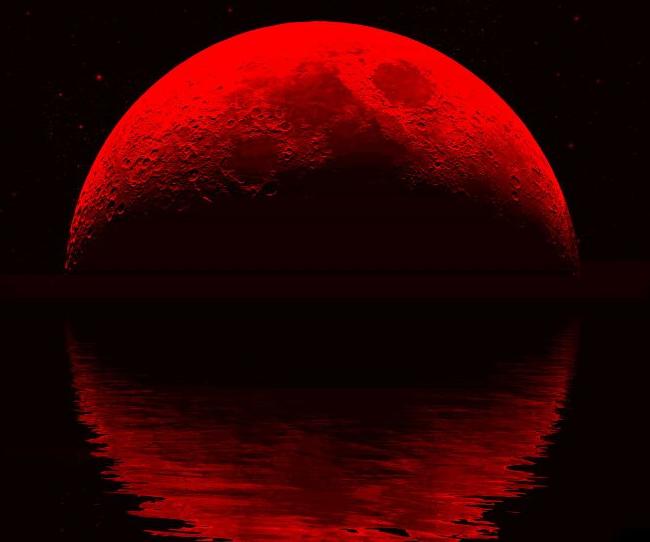

BLOOD MOON ECLIPSE FULL
The names vary from tribe to tribe because a full moon had different significance across the tribes month to month or season to season. These are the popularized names associated with the monthly full moons, originating with Native American tribes. There will be seven more full moons in 2022, according to The Old Farmer's Almanac: Then there will not be another total lunar eclipse until March 2025, he added. While the eclipse peaks for only a short amount of time, Petro said the moon would be bathed in coppery tones throughout the night, making it a particularly interesting celestial phenomenon to watch.Ībout two lunar eclipses occur each year, and the next will be a total lunar eclipse in November, Petro said.

Stargazers around the world turned out to witness and capture the lunar event in images. The total lunar eclipse was visible in much of Africa, Europe and South America and most of North America. People in South America and in the eastern part of North America were expected to get the best view of the lunar eclipse, said Noah Petro, chief of NASA's Planetary Geology, Geophysics and Geochemistry Lab, before the eclipse. Lunar eclipses are sometimes called blood moons because of this phenomenon.

When the moon is within the umbra it gets a reddish hue because blue and green light get more easily scattered by dust particles in the atmosphere and orange and red colours remain more visible, according to NASA. The moon glowed red on Sunday night and the early hours of Monday, after a total lunar eclipse that saw the sun, Earth and moon form a straight line in the night sky.ĭuring a full lunar eclipse, the moon passes through the darkest part of the Earth's shadow - the umbra.


 0 kommentar(er)
0 kommentar(er)
